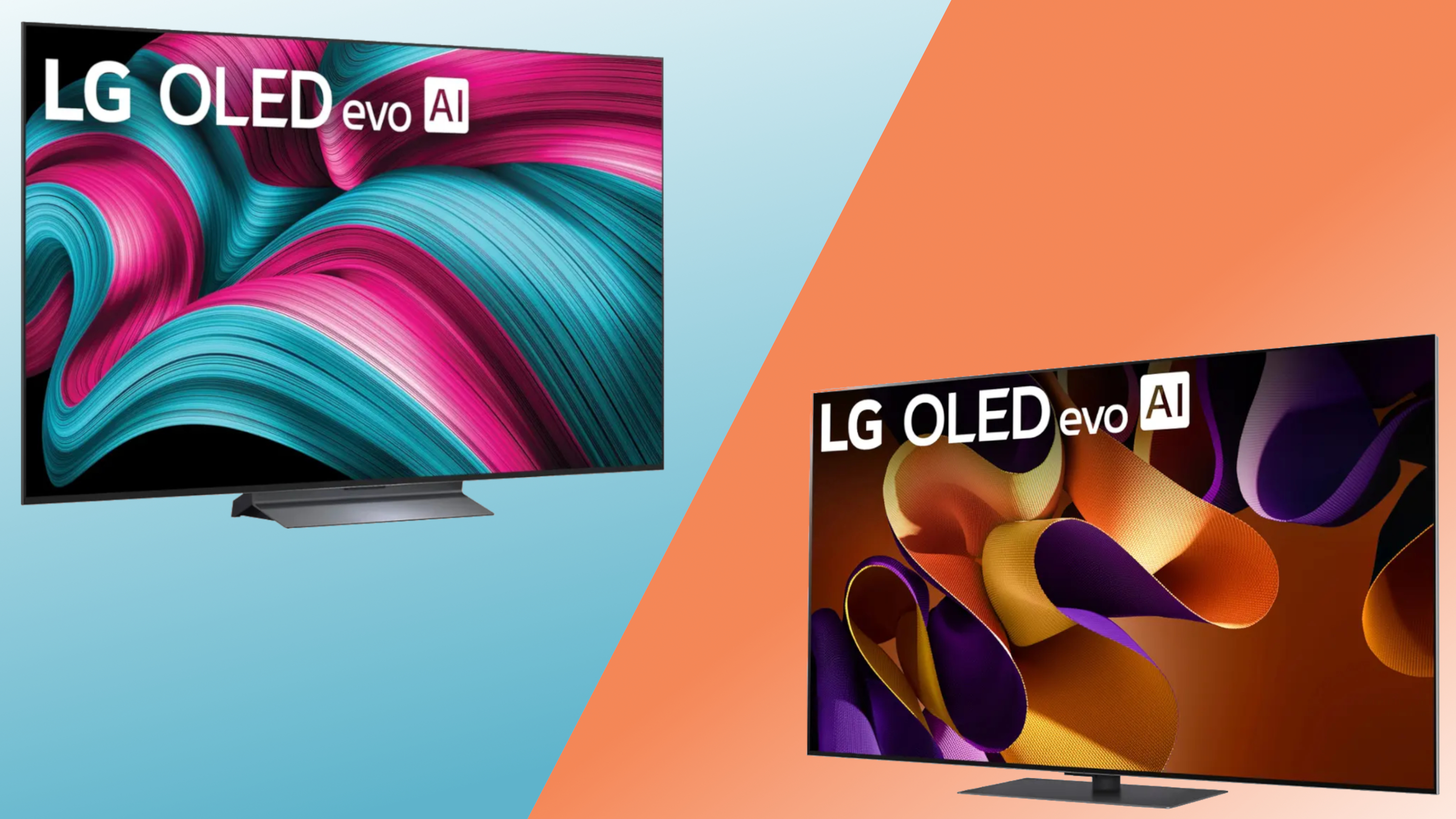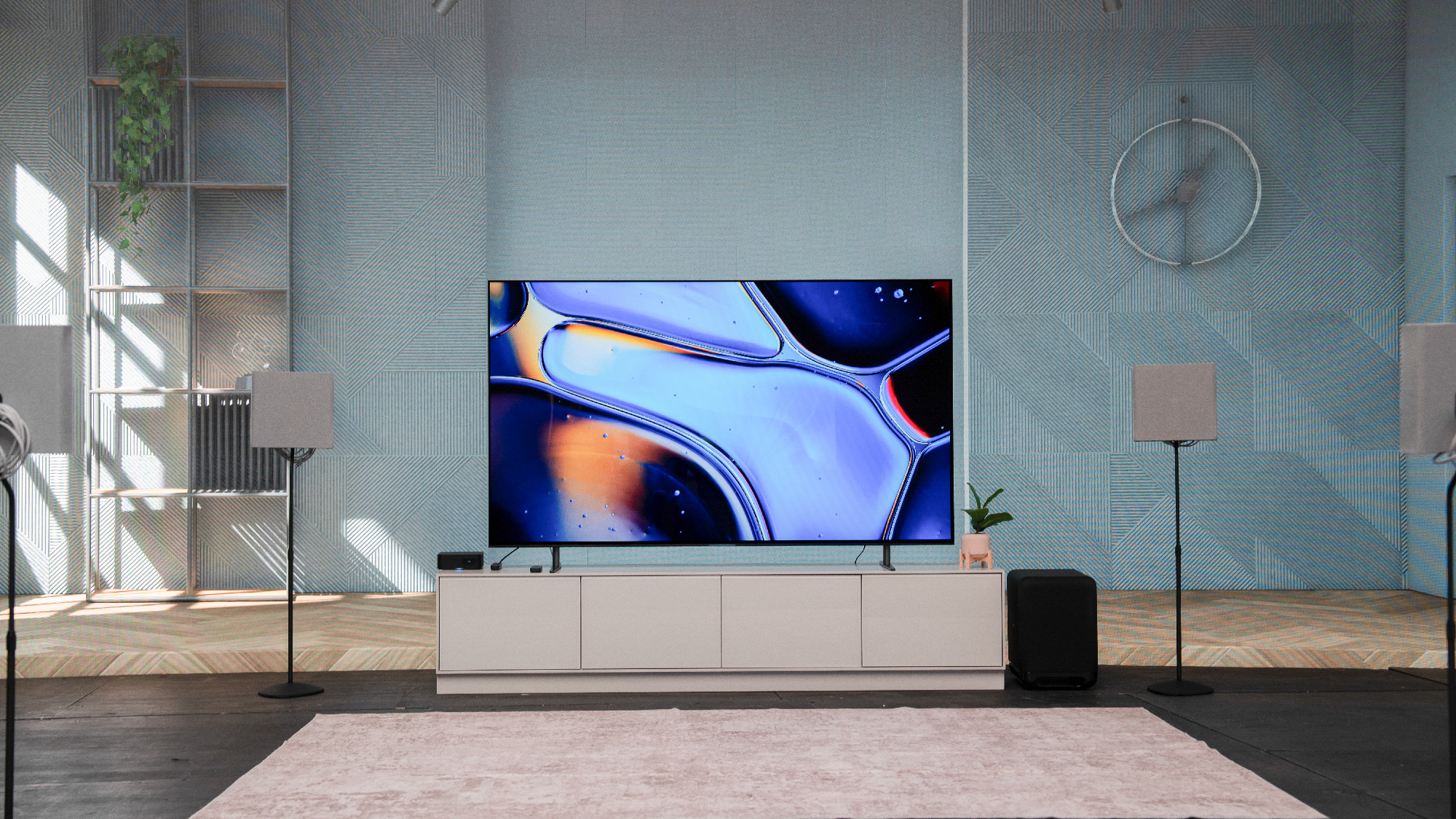
Sony is setting the stage this year, highlighting its 2024 TV lineup as the home-bought cinema system of your dreams and among the best TVs to hit the market. Its range of new models invite higher brightness output, slimmer bezels, improved sound, enhanced backlighting, and even lower power consumption.
At the head of its new range is the Bravia 9 Mini-LED TV, which will come in 65-inch, 75-inch, and 85-inch and starts at $3,299. Sony touts the Bravia 9 as being its brightest 4K TV yet with 50% better brightness over the Sony X95L Mini-LED TV despite a 20% lower power consumption, aiming to take on the likes of the Hisense 2024 TV lineup.
On the OLED front is the Bravia 8, which will sport a 29% slimmer bezel design on a 31% thinner frame. It starts at $1,999 for its 55-inch model, but can also be scooped up in both 65-inch and 77-inch. The Sony Bravia 7 Mini-LED TV rounds out its premium offerings at $1,899 for its 55-inch configuration, which nets you a Backlight Master Drive-powered panel that sports 790% more dimming zones against its X90L.
Last but certainly not least is the Sony Bravia 3, a budget LED TV offering that comes in a wide range of sizes starting from 43-inch ($599) and goes all the way up to 85-inch ($1,799). All of the TVs detailed above have also been announced for release in Australia, however, AU pricing has yet to be revealed.
Sony is also debuting a line of speaker systems that could find themselves among the best soundbars, kicked off with the Theater Quad, a $2,499 / AU$3,699 pair of wall-mounted speaker system that sits flush beside your new Sony TV.
Sony 2024 TV lineup: Flagship

Bravia 9
At the head of Sony's 2024 TV lineup is a Mini-LED TV with serious legs. The Bravia 9 is an immediate looker, sporting 50% more brightness against the Sony X95L and a low flare. Sony explains that the Bravia 9 uses similar technology in its mastering monitor. It will also come equipped with new beam tweeters and an XR backlight master drive for improved illumination.
Sign up to get the BEST of Tom's Guide direct to your inbox.
Get instant access to breaking news, the hottest reviews, great deals and helpful tips.
The Bravia 9 Mini-LED TV will also have 325% more dimming zones over the X95L and will sport some enhancements that mirror its Samsung S95D OLED rival with an X-Anti reflection mitigation coating. Despite all the upgrades, it will also use 20% less power consumption.
| Header Cell - Column 0 | Price | Availability |
|---|---|---|
| 65-inch | $3,299 | TBA |
| 75-inch | $3,999 | TBA |
| 85-inch | $5,499 | TBA |
Sony 2024 TV lineup: Premium range
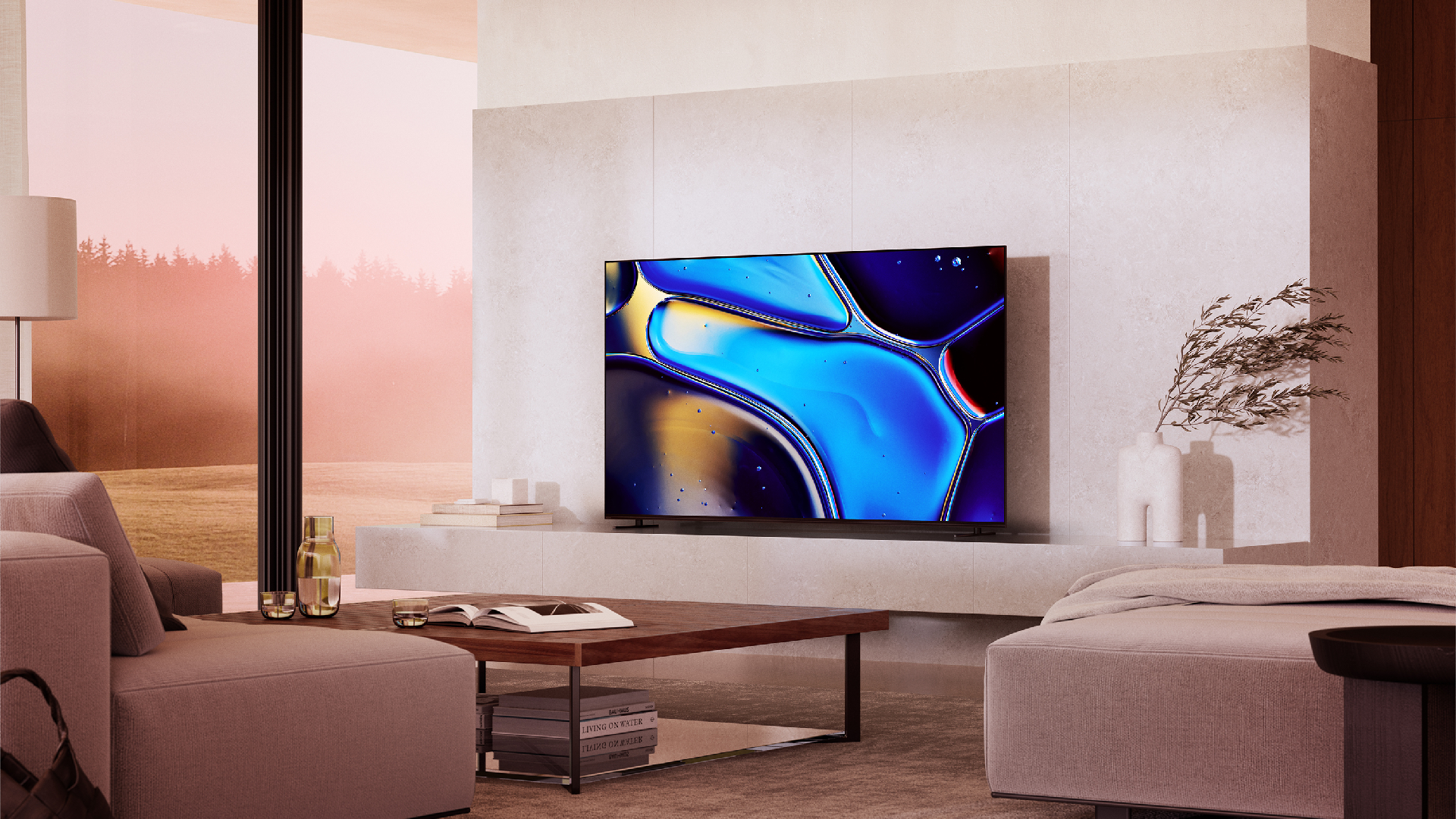
Bravia 8
Although slimmed down by about 31% compared to the Sony Bravia XR A80L, the Bravia 8 OLED is still quite a hefty package. It wrangles together some serious specs in its OLED panel and slimmed-bezel design. The Bavia 8 also uses Sony's Acoustic Surface Audio Plus, which allows it to play sounds as if directly from the panel for improved immersion.
| Header Cell - Column 0 | Price | Availability |
|---|---|---|
| 55-inch | $1,999 | TBA |
| 65-inch | $2,799 | TBA |
| 77-inch | $3,899 | TBA |
Bravia 7
Coming in as the cheaper Mini-LED offering is the Bravia 7, which starts at just $1,899 for its 55-inch configuration. Like its Bravia 9 counterpart, the Bravia 7 will also leverage Sony's XR Backlight Master Drive and deliver as much as 790% more dimming zones over the X90L.
The Sony Bravia 7 Mini-LED also proves to be conscious of the environment with 15 percent less power consumption. Mirroring its other counterparts across Sony's 2024 TV lineup, the Bravia 7 will also have Dolby Vision and Dolby Atmos, plus IMAX Enhanced support so you get the cinema experience at home.
| Header Cell - Column 0 | Price | Availability |
|---|---|---|
| 55-inch | $1,899 | TBA |
| 65-inch | $2,299 | TBA |
| 75-inch | $2,799 | TBA |
| 85-inch | $3,499 | TBA |
Sony 2024 TV lineup: Standard
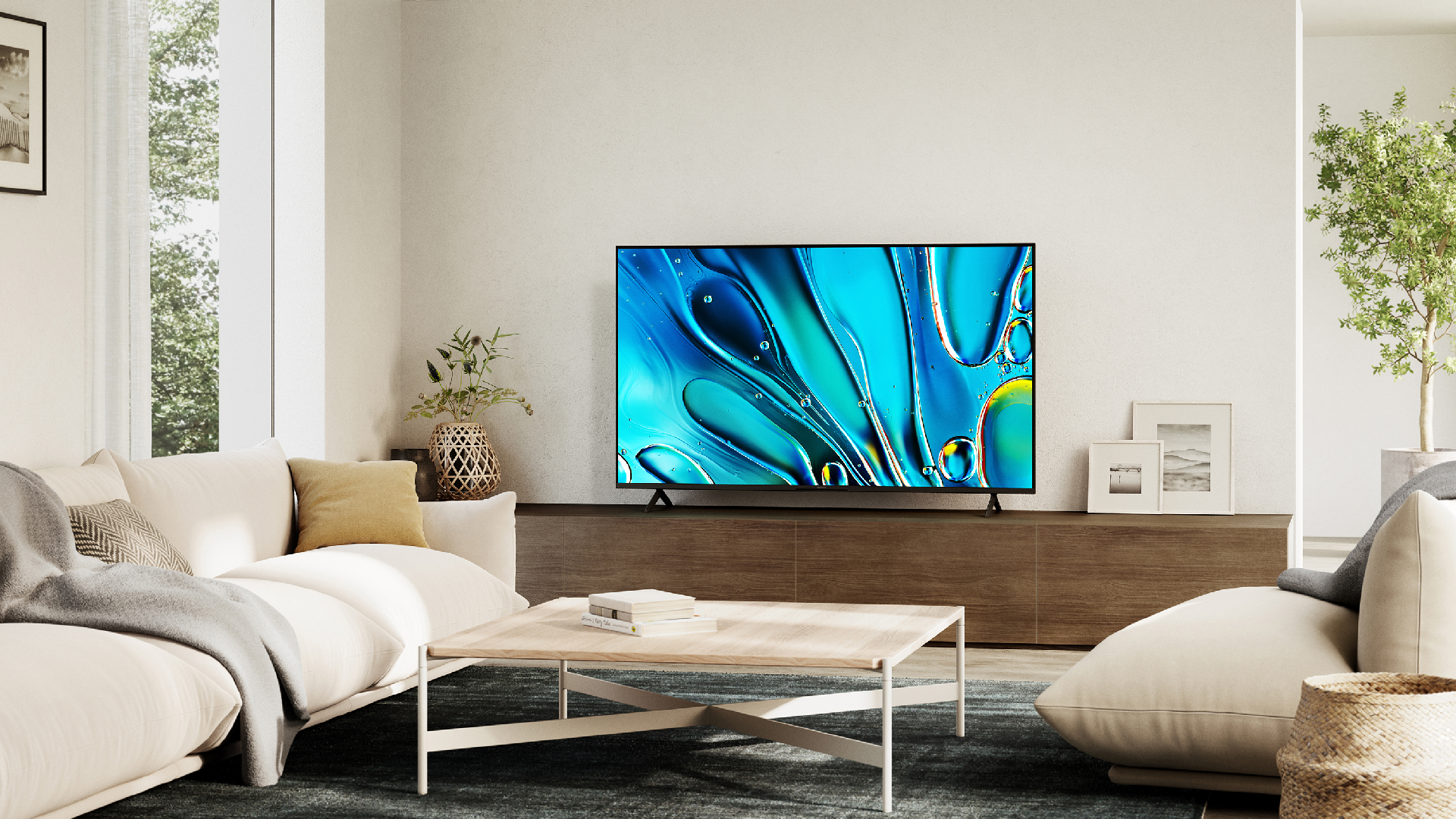
Bravia 3
The Bravia 3 sits at the tail end of Sony's new TV lineup, sporting a much more budget price point with loads of upgrades that set it apart from the rest among the best TVs under $1,000. Unlike its counterparts across the 2024 TV range that use 120Hz panels, the Bravia 3 uses a 60Hz refresh rate on Sony's 4K HDR X1 processor.
As an LED TV that leverages direct backlighting, you won't get incredible contrasts and darks as you might on the Bravia 9 or Bravia 7. Still, the Sony Bravia 3 LED TV could find itself among the best gaming TVs via ALLM support and several PS5-specific features, like Auto HDR Tone Mapping and Auto Game Picture Mode.
| Header Cell - Column 0 | Price | Availability |
|---|---|---|
| 43-inch | $599 | TBA |
| 50-inch | $699 | TBA |
| 55-inch | $849 | TBA |
| 65-inch | $999 | TBA |
| 75-inch | $1,299 | TBA |
| 85-inch | $1,799 | TBA |
Sony 2024 soundbars
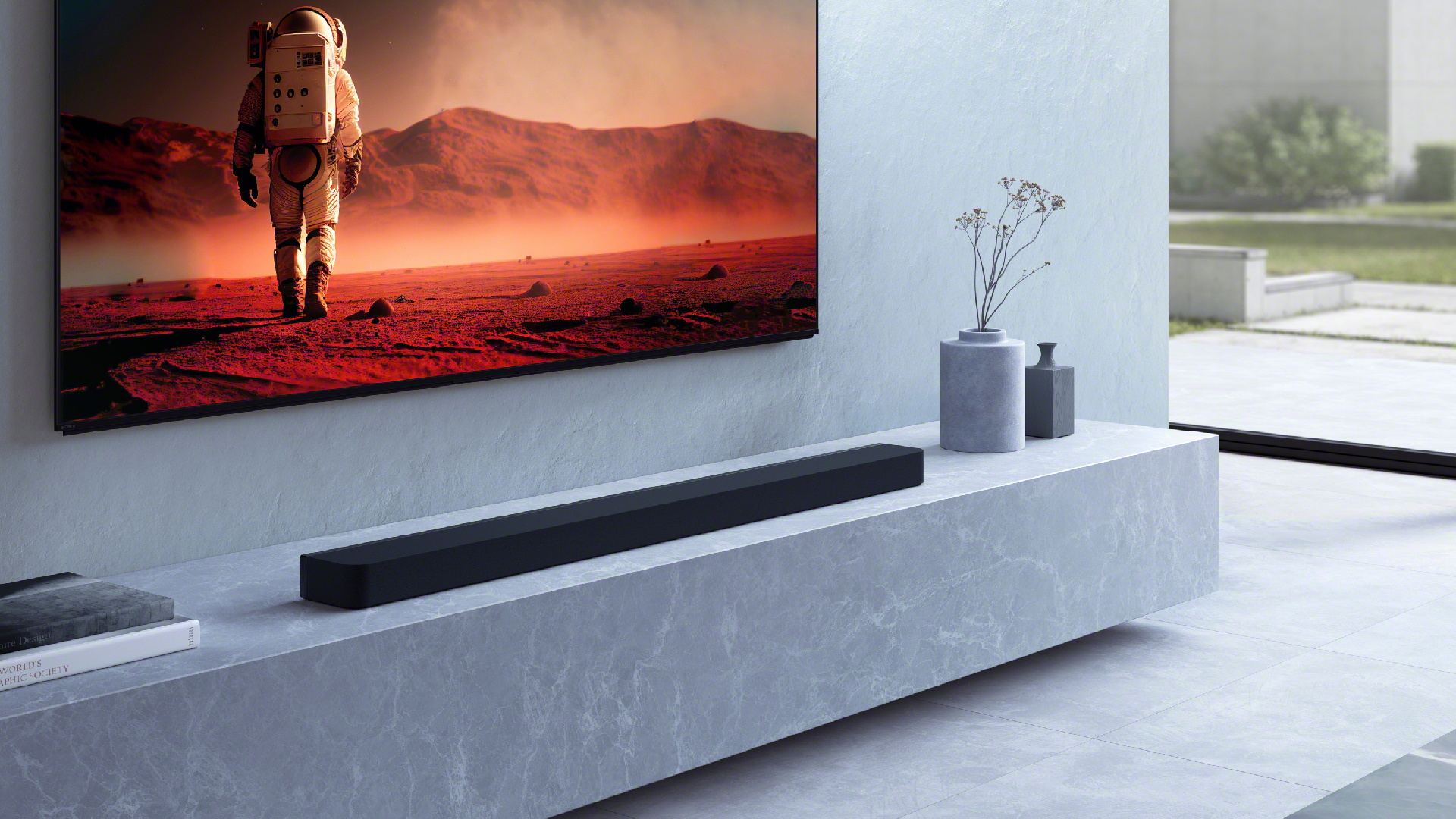
On the heels of launching an all-new range of bass-infused party speakers in the ULT lineup, Sony is also bringing to market a variety of soundbars that will pair nicely with its new TVs. At the head of these TV soundbars is the Bravia Theater Bar 9, a $1,399 / AU$1,799 13-speaker unit with a beam tweeter that uses a special 360 spatial sound mapping for incredible immersion.
The Bravia Theater Quad takes things a bit differently than most among the best Dolby Atmos soundbars. Instead of the typical soundbar design, the Theater Quad looks more like wall-mounted soundproofing, designed as twin squares that sit next to your TV alongside some additional speakers placed about the room. At $2,499 / AU$3,699, the Bravia Theater Quad will also come equipped with Sony's 360 spatial sound mapping and an ultra-wide sound field.
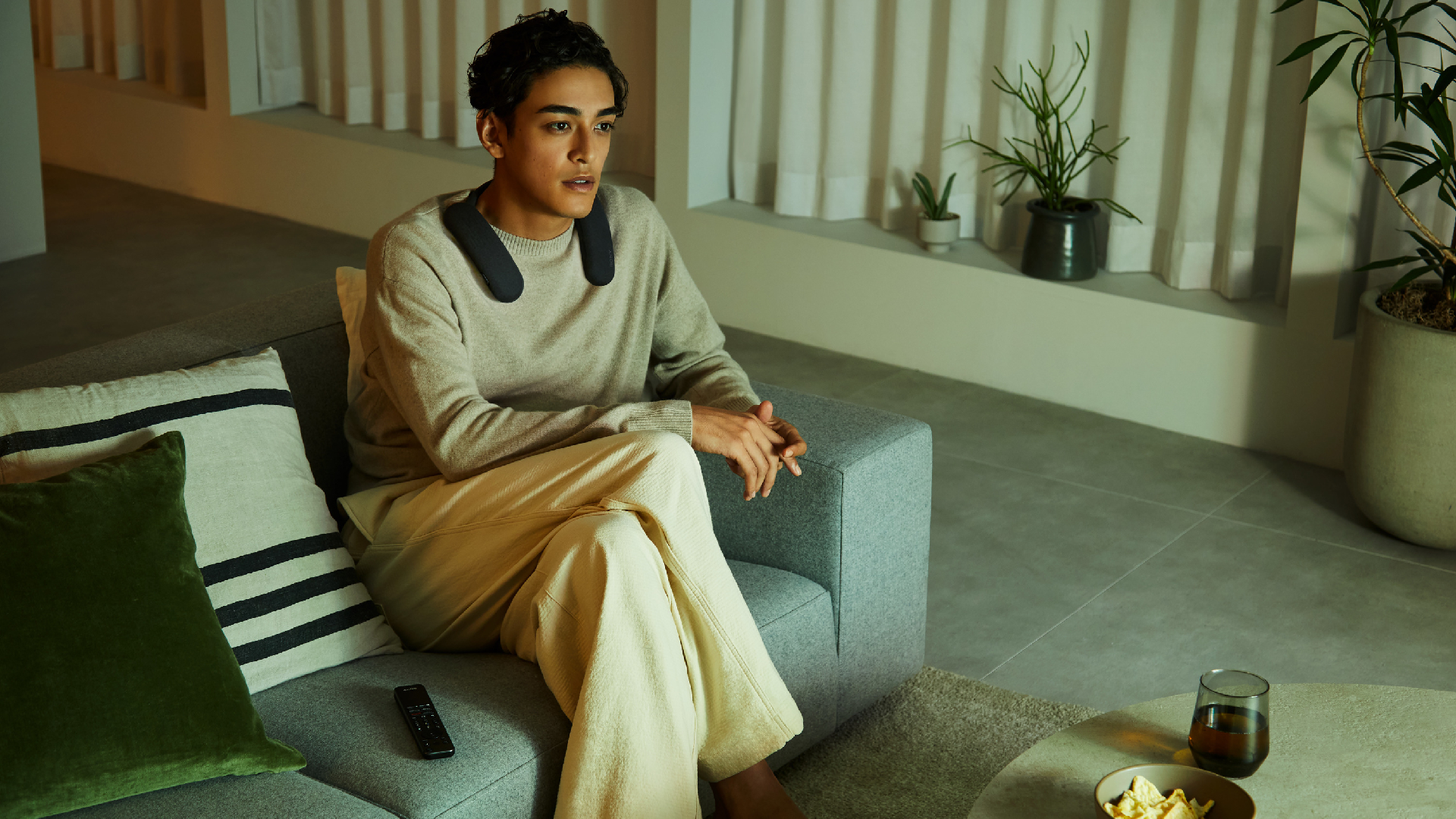
At just under $1,000 / AU$1,500, the Sony Bravia Theater Bar 8 is a nice match for Sony's new Bravia 7 Mini-LED TV. It will leverage 11 total speakers on a much smaller design, as much as 30 percent less over its HT-A5000.
Rounding out its new sound systems is the Bravia Theater U ($300 / AU$499), which looks more akin to a neck pillow than an audio device. Sony is marketing the Theater U as a "personal home theater audio solution," one that can be used for movie-watching on the couch. It uses a 12 hour battery with Dolby Atmos and even a 360 spatial sound personalizer to boot.
More From Tom's Guide

Ryan Epps is a Staff Writer under the TV/AV section at Tom's Guide focusing on TVs and projectors. When not researching PHOLEDs and writing about the next major innovation in the projector space, he's consuming random anime from the 90's, playing Dark Souls 3 again, or reading yet another Haruki Murakami novel.
